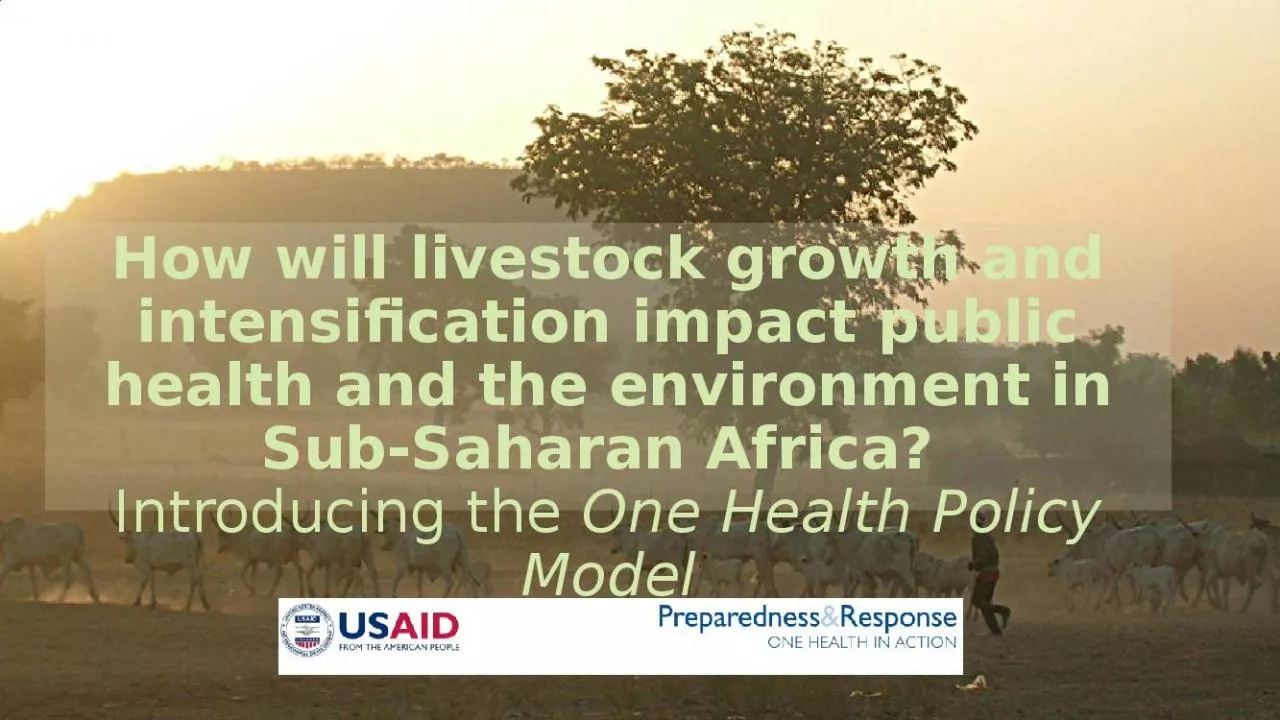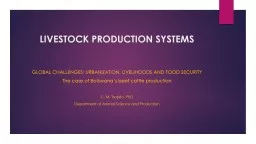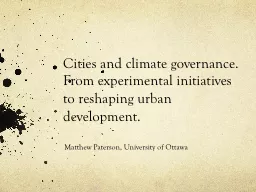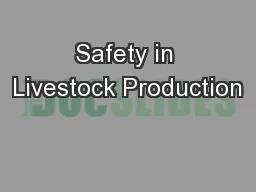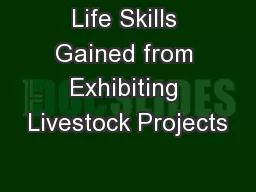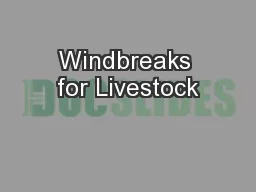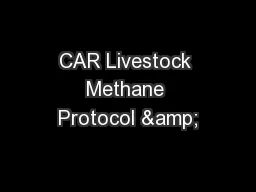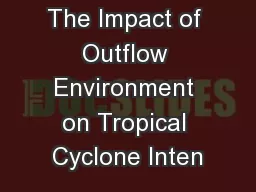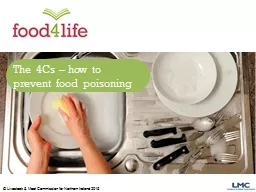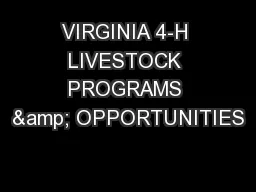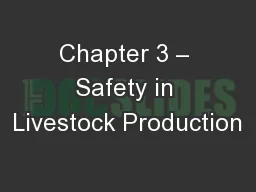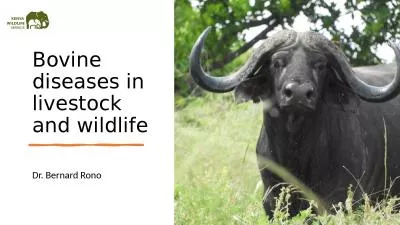PPT-How will livestock growth and intensification impact public health and the environment
Author : forest | Published Date : 2024-10-04
Introducing the One Health Policy Model Photo Philoucn Africantechnolgyfoundationorg Blogscfrorg Shuttlestockcom Kalitycom Livesciencecom The livestockzoonosis
Presentation Embed Code
Download Presentation
Download Presentation The PPT/PDF document "How will livestock growth and intensific..." is the property of its rightful owner. Permission is granted to download and print the materials on this website for personal, non-commercial use only, and to display it on your personal computer provided you do not modify the materials and that you retain all copyright notices contained in the materials. By downloading content from our website, you accept the terms of this agreement.
How will livestock growth and intensification impact public health and the environment: Transcript
Download Rules Of Document
"How will livestock growth and intensification impact public health and the environment"The content belongs to its owner. You may download and print it for personal use, without modification, and keep all copyright notices. By downloading, you agree to these terms.
Related Documents

